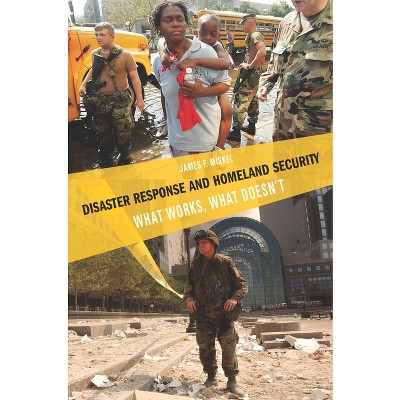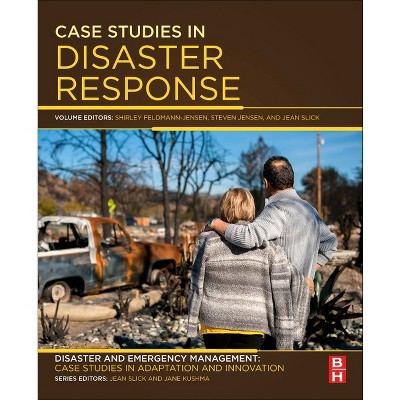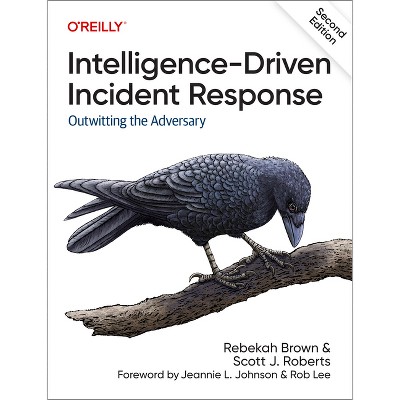Disaster and Hazardous Materials Incident Response - by Thomas Shakman Burack & Kevin R Murray (Paperback)

About this item
Highlights
- Clients are facing disasters of all kinds and they quickly turn to their lawyers for answers and counsel.
- Author(s): Thomas Shakman Burack & Kevin R Murray
- Freedom + Security / Law Enforcement, Environmental
Description
Book Synopsis
Clients are facing disasters of all kinds and they quickly turn to their lawyers for answers and counsel. Disaster and Hazardous Materials Incident Response: A Lawyer's Guide follows an "all-hazards" approach and provides vital, practical guidance for private practitioners, in-house counsel, other attorneys and consultants helping organizations prepare for, respond to, and recover from disasters, including hazardous materials spills and releases. Early chapters provide an overview of disaster management and describe preparedness measures that organizations can implement to make themselves more resilient and thus better equipped to handle the next disaster or incident. A section on release reporting focuses on reporting to governmental authorities as one of the very first and ongoing components of a responsible party's response to hazardous materials incidents. A release reporting and response timeline identifies some key actions to be taken within the first 24 hours of such releases. The book also examines FEMA's response and recovery programs by detailing the federal disaster declaration process and a number of FEMA's most significant programs for assisting communities and individuals. As an example of governmental responses to environmental challenges, the book explores the National Contingency Plan as the principal set of regulations that guide responses to incidents involving releases of oil, hazardous substances, pollutants or contaminants. This chapter illustrates how one Emergency Support Function of disaster management fits and interacts within the larger, government-wide, National Response Framework and is implemented using the National Incident Management System.
Alongside the procedural discussions, the book includes an evaluation of responses to transportation-related hazardous materials incidents: trains, pipelines, ships, and trucks. The book examines the recovery phase with an in-depth analysis of liability and defenses arising in the context of spills or releases of hazardous substances. This chapter focuses on the Comprehensive Environmental Response, Compensation, and Liability Act and common law as examples of statutory principles and legal theories useful in analyzing liability or defenses associated with all types of releases or disasters.
A discussion of the multi-faceted role of insurance in environmental disasters and climate change, and basic guidance on preparing for a government agency investigation complete the book's coverage of the disaster recovery.
Shipping details
Return details
Trending Book Pre-Orders











